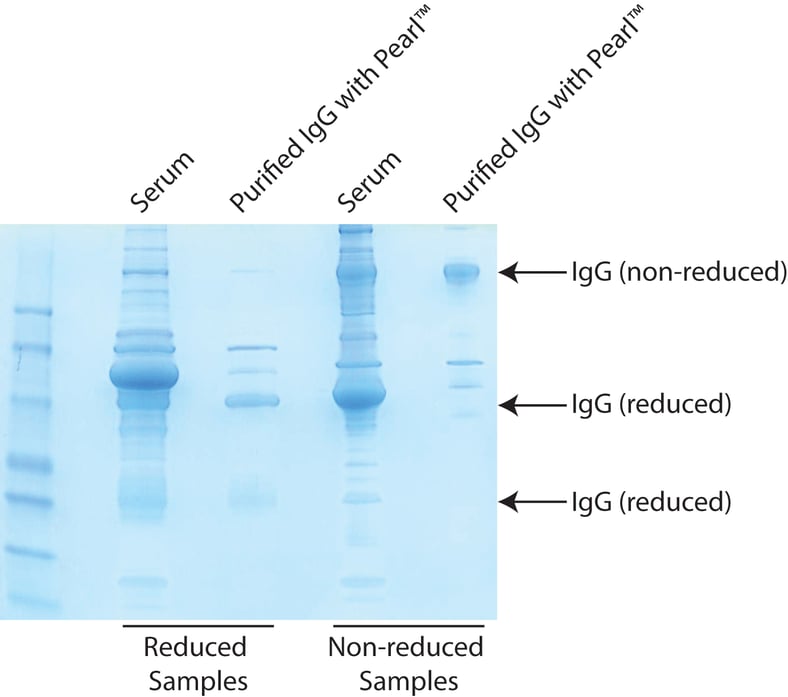Protein Storage and Stability
What are Proteins?
As one of the multifarious macromolecules, proteins are complex and crucial for cellular functions. Proteins are polymers built of monomer subunits called amino acids connected by a specific type of covalent bond known as a peptide bond. The properties of the protein depend on the type of amino acids present in them. Although the primary structure of the protein comprises of the amino acid sequence, the functional properties of the protein crucially rely on the three-dimensional or tertiary structure. Similarly, protein modifications for e.g., glycosylation, phosphorylation, may change the properties and function of the protein. These modifications alter the local conformation and mediate folding or stability as well as drive proteins to different cellular compartments. Proteins also display remarkable variability in terms of structure and flexibility depending upon their folding patterns. Some proteins are relatively rigid hence can function as structural meshes or connective lines. Proteins with reversible conformational changes (polymerization or depolymerization) are crucial for protein-protein interaction, growth and the transmission of information from cell to cell or within the cell.

.jpg?width=788&name=Protein%20Structure%20(8).jpg)





